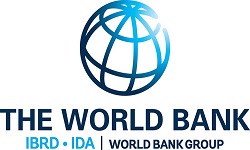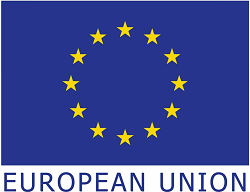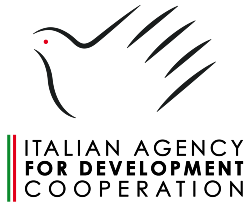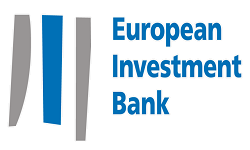Objectives of the Project:
The objective of this consultancy is to support preparation of Component 3 of the KEMFSED project, specifically by:
● Identifying a portfolio of well-justified, strategically planned interventions that will strengthen small-to-medium scale enterprise development on the Kenyan coast, with a focus on increasing value redeemed by communities from priority marine fisheries, and broader strengthening of coastal livelihood security, including improved access to finance, as a platform for more successful community engagement in fisheries co-management. The proposed interventions should support integration of private sector (Component 2) and community (Component 3) initiatives under KEMFSED; and
● Identify appropriate indicators for measuring the above outcomes through the duration of the KEMFSED project and collect a robustly sampled, quantitative baseline
Services Provided:
The assignment will be carried out in KEMFSED project intervention areas namely coastal communities in Kwale, Mombasa, Kilifi, Lamu, and Tana River Counties where marine fisheries is a significant aspect of livelihoods.
Specifically, the consultant will:
undertake a thorough literature review relevant to SME development and access to finance in coastal communities in Kenya, including on: (i) recent best-practice/ successful approaches to SME development, small-scale fisheries sector value-addition and small-scale access-to-finance in rural communities in sub-Saharan Africa; (ii) significant Govt or NGO project interventions on SME development and small-scale access-to-finance in Kenya as a whole in recent years; (iii) relevant final documentation from the Kenya Coast Development Project (KCDP) ; any research studies relevant to [i] and [ii] above, in particular in coastal communities etc., with the particular aim of:
● reviewing experience (and identifying successes) of enterprise development initiatives, including enterprise challenges, entrepreneurship hubs etc, in Kenya and relevant, similar countries;
● understanding what is already documented on the characteristics, constraints and needs of SMEs in coastal communities in Kenya, including skills and constraints relevant to engagement in fisheries sector value-addition, and identifying gaps in the same;
● prepare a draft Component 3 Strategy Report and submit to Client for comment. Inter alia, the Strategy should contain:
● detailed approach and findings from 4.1 and 4.2 and 4.4 above including identifying key constraints and needs in relation to enterprise/ SME development and small-scale access-to-finance in coastal communities;
● a detailed proposed strategy for addressing KEMFSED Component 3 scope and objectives (as outlined in Section 1 above) over a 5-year timeframe, with particular attention on integrating sub-component 3.1 with sub-component 2.1 to ensure that communities are integrated with Component 2 investments in value chain addition, mariculture development and fisheries infrastructure. The Component 3 Strategy should include:
a. outline of strategic approach/ theory of change explaining how identified constraints and needs will be met;
b. objectives
c. scope of target beneficiaries
d. proposed interventions with specific, quantitative expected outputs
e. expected outcomes regarding: small-scale enterprise development; small-scale engagement in fisheries sector value-addition; and access-to-finance
f. measurable outcome indicators (see 4.8[i] below), milestones and targets
g. implementation strategy including identification of potential (government and non-government) implementation partners
h. exit strategy for all component interventions to ensure post-project sustainability
i. outline budget













